"Upstairs," the last day will be spent backfilling the units and making sure everything is buttoned up and protected until the next opportunity to excavate. The second-to-last day will be devoted to drawing profiles of all the unit walls. That leaves us just two more days to excavate. Although I'm very curious to see what the deposits look like below the Mack zone, I'm not prepared to alter the piece-plot strategy at this point in order to speed things up. I think continuing to gather high resolution information as we excavate the Mack component will pay off during analysis. At the rate we're going, we may finish just one more 10 cm level in each of Units 4, 5, and 6.
"Downstairs," the end game will include cleaning, photographing, drawing, and describing the 5 m-long, 2.2 m-high profile that will be exposed when Jim Legg completes the excavation of Unit 9. With only one or two more levels to go to expose the base of the profile in Unit 9, we hope to be prepared to remove the wooden buttressing from Units 1 and 2 and clean and photograph the entire profile after one more day in the field. Drawing the profile will take at least a day. Constructing the buttressing to protect the entire 5 m will take at least part of a day. With luck, we'll be done with the downstairs before we're done upstairs.
I'm also starting to formulate my future plans for work at the site. I'll write about those plans when they're done cooking.
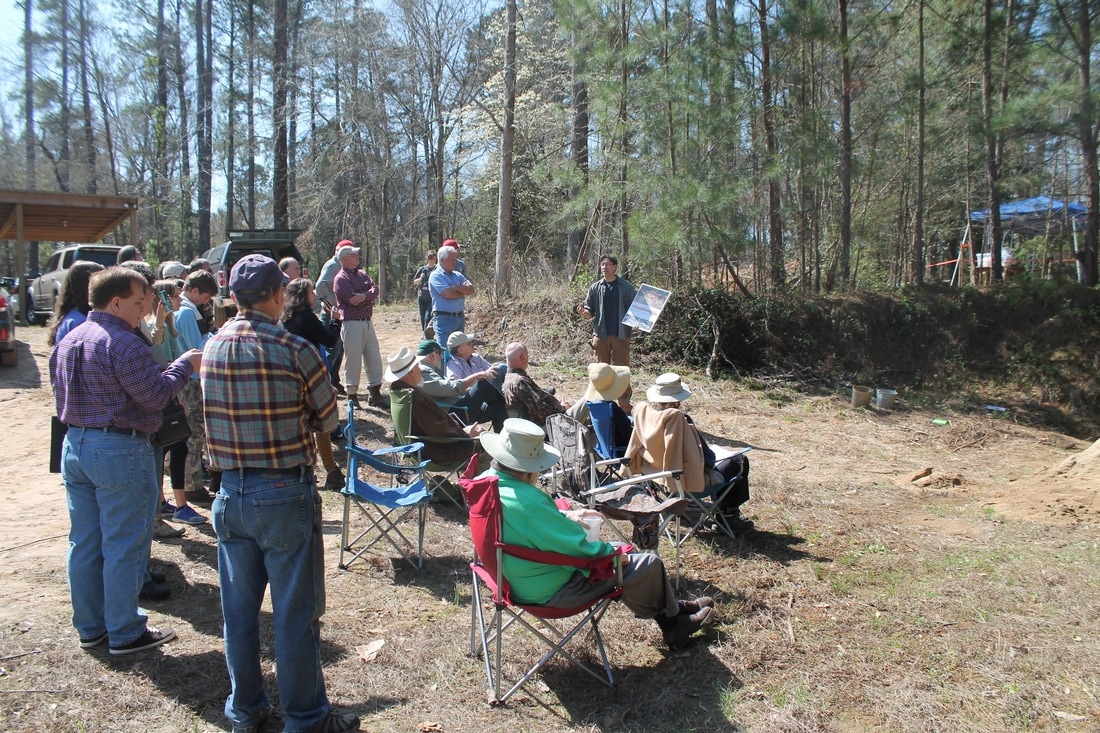

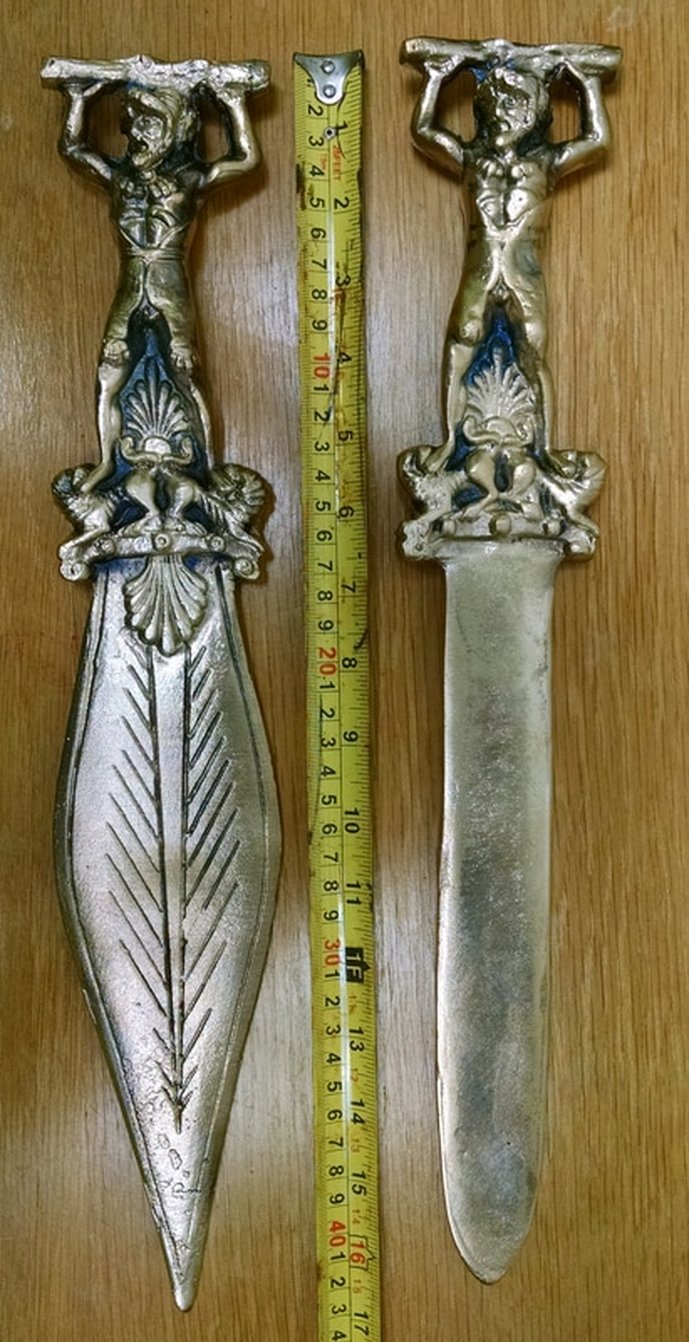
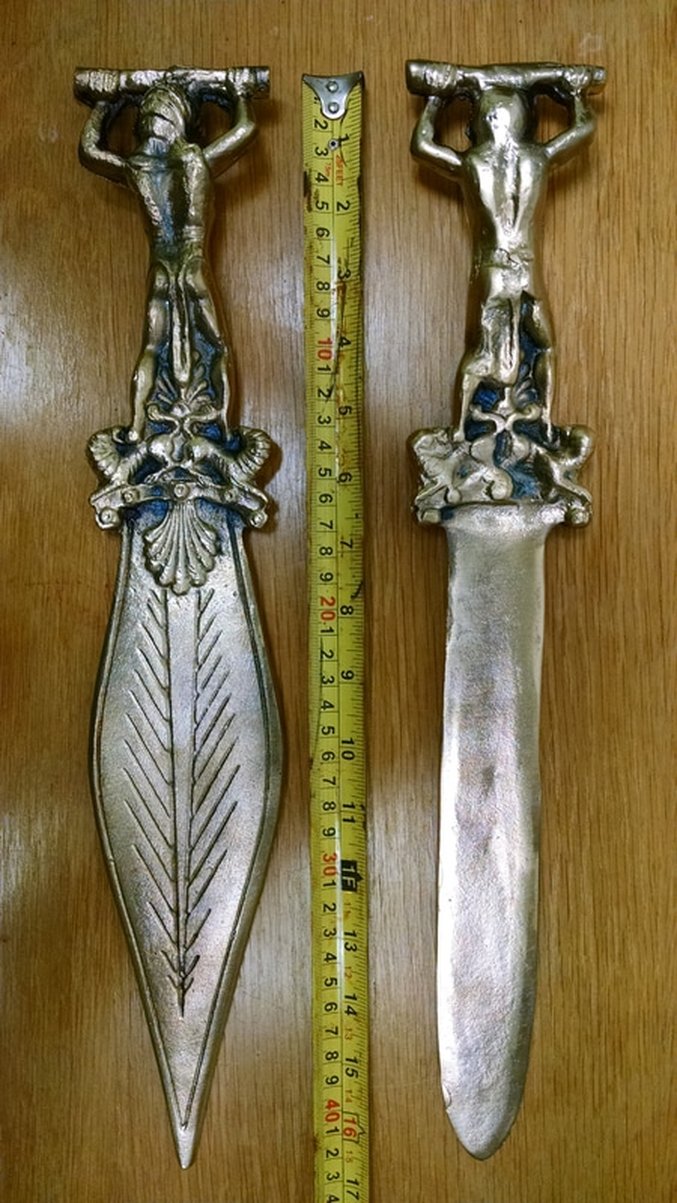
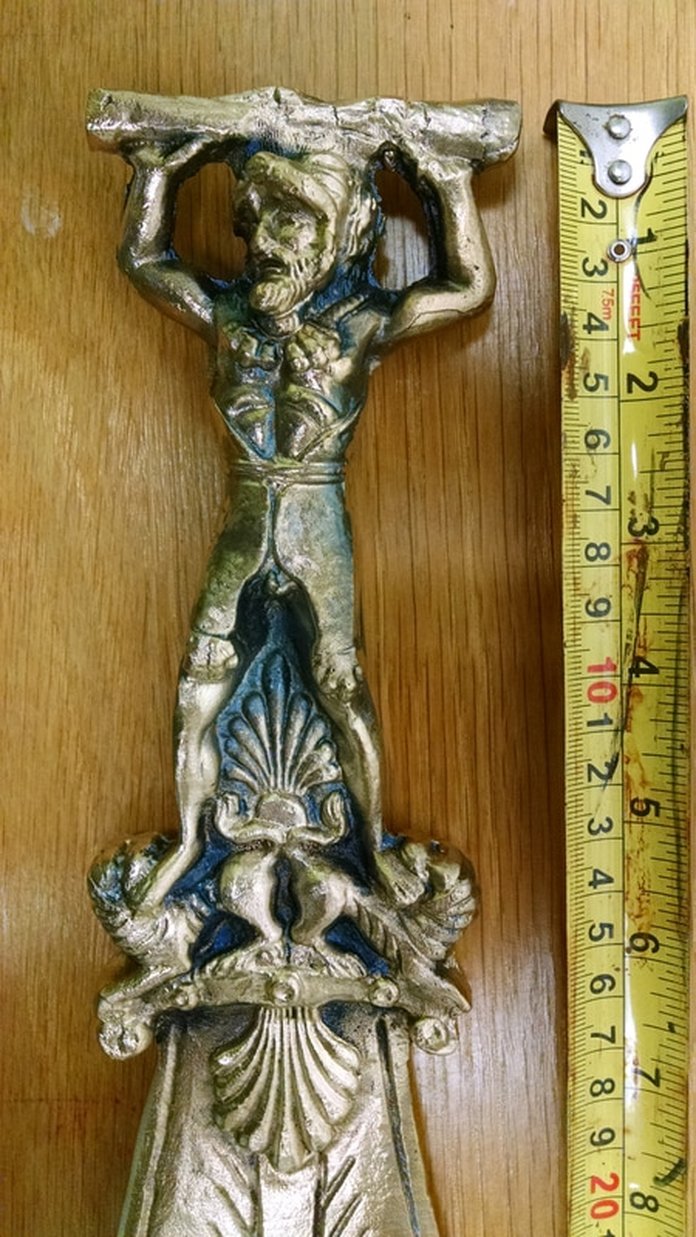
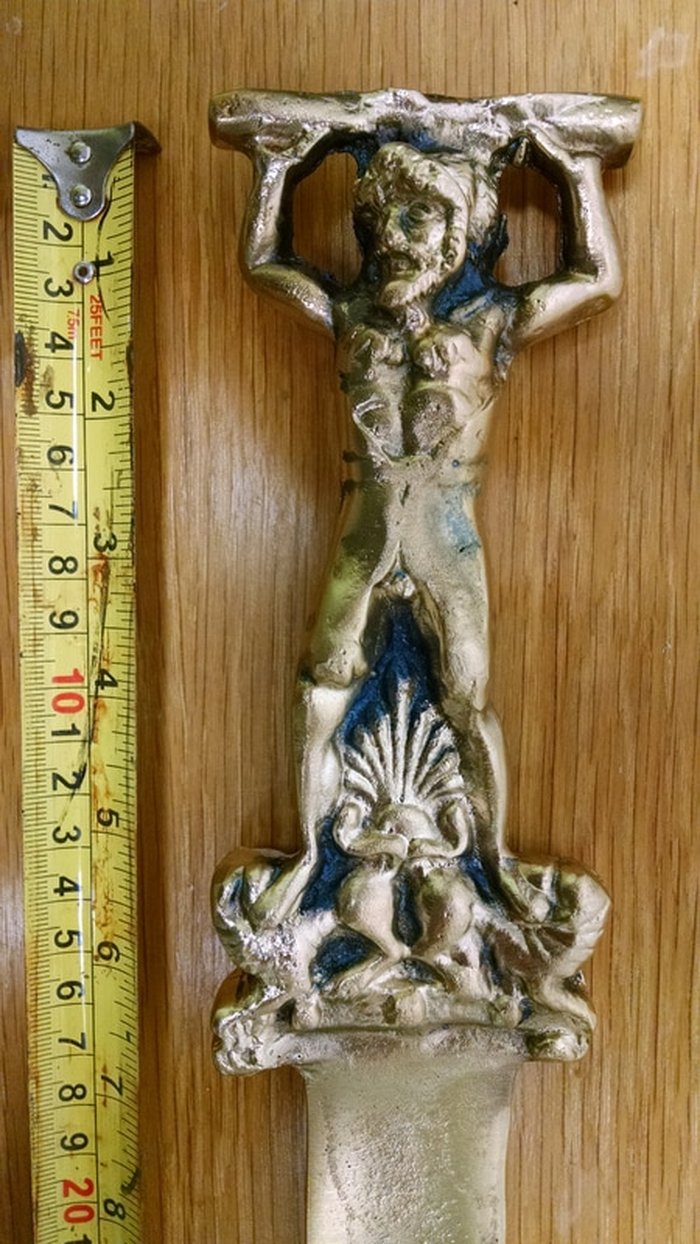
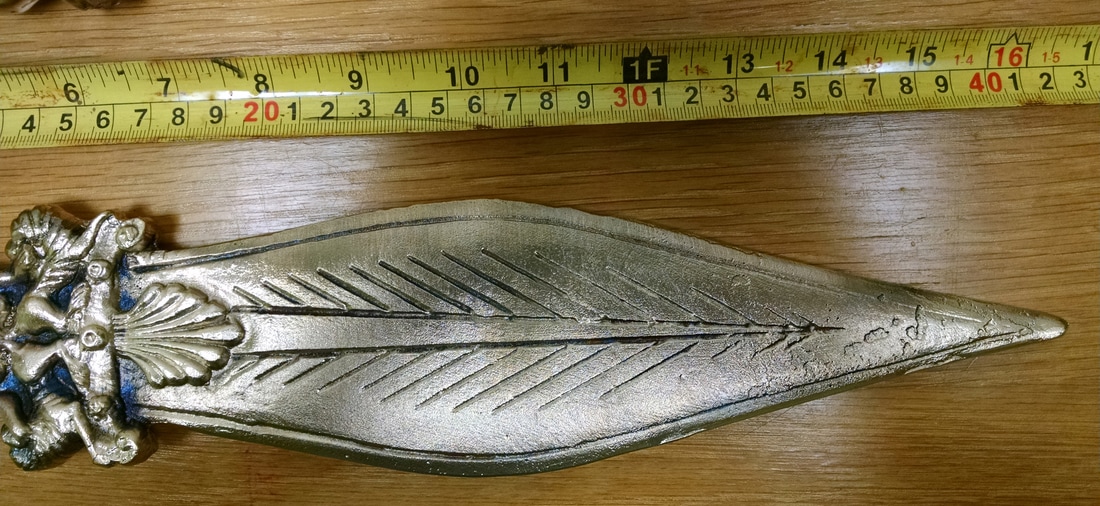
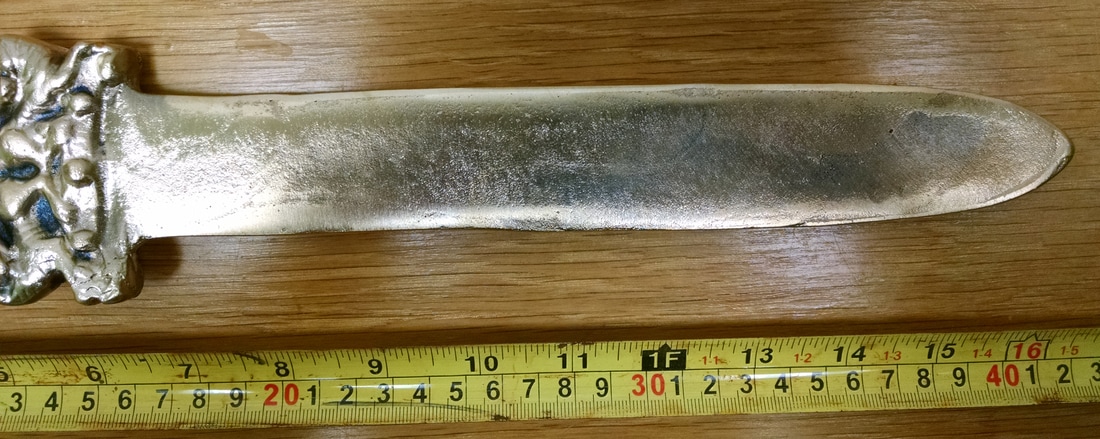
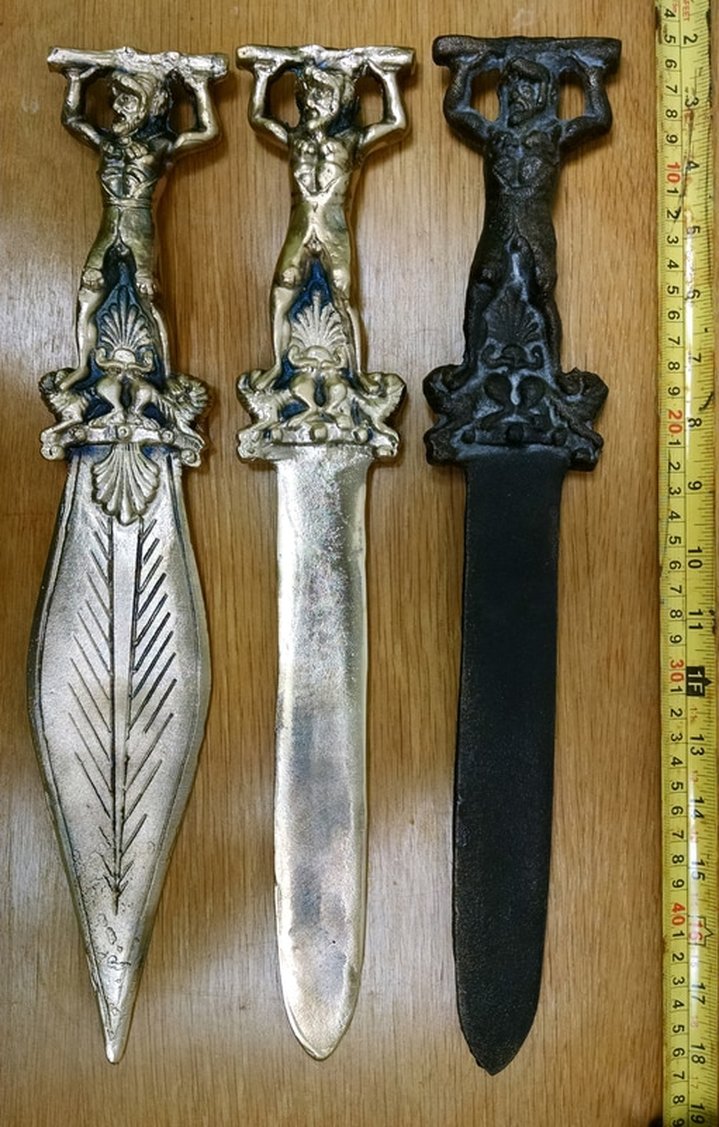
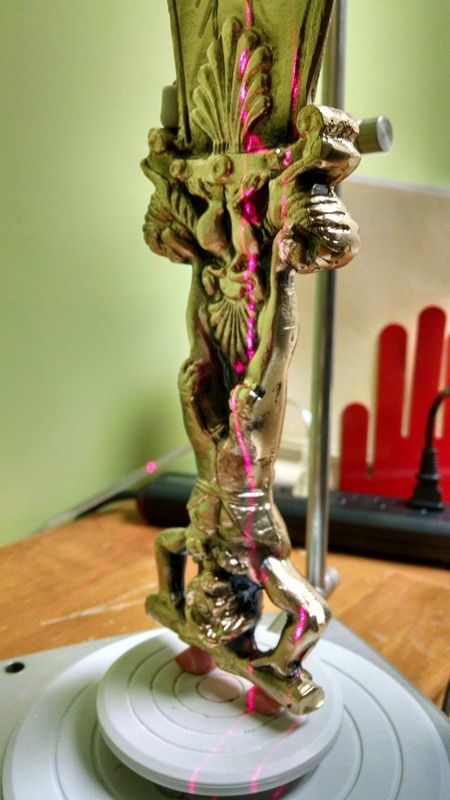
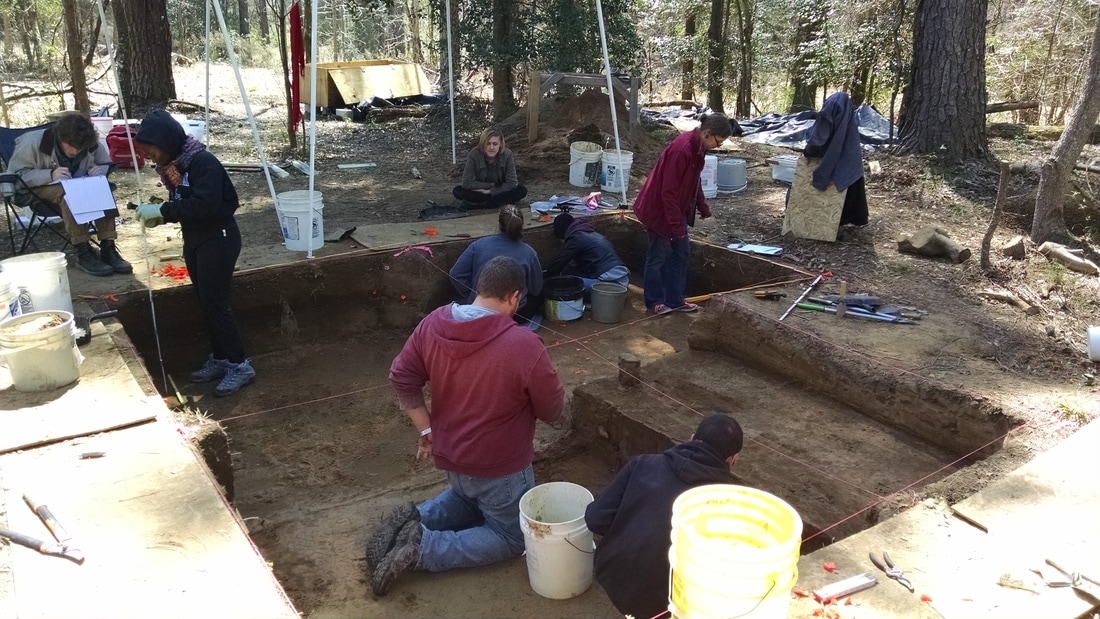
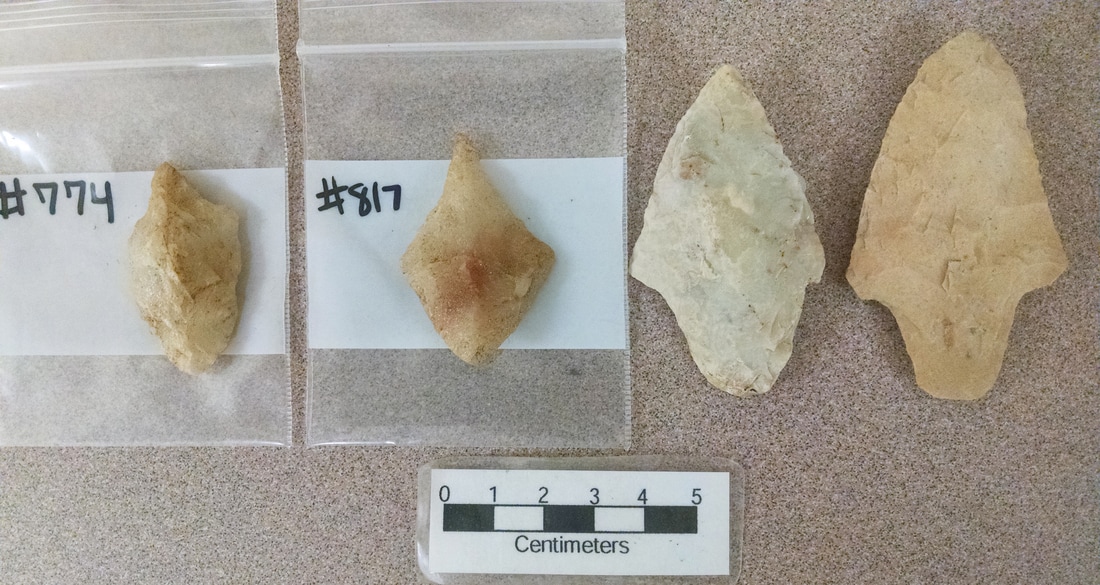
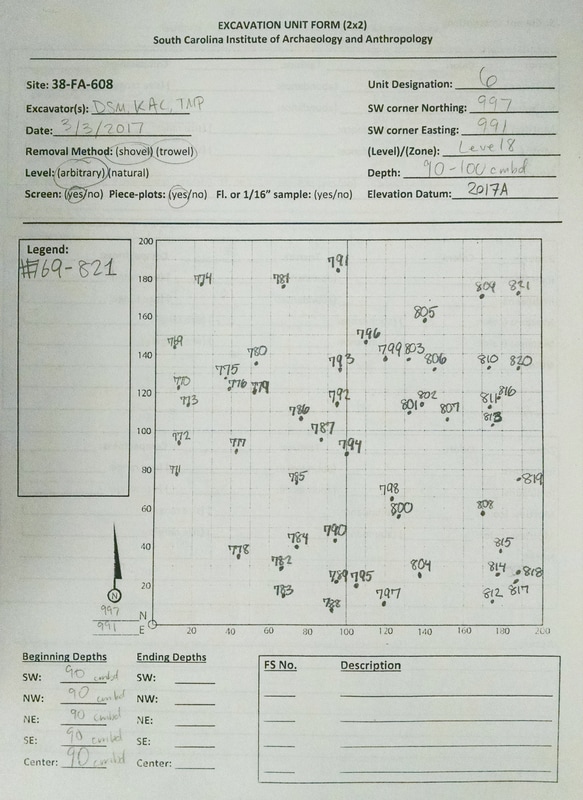
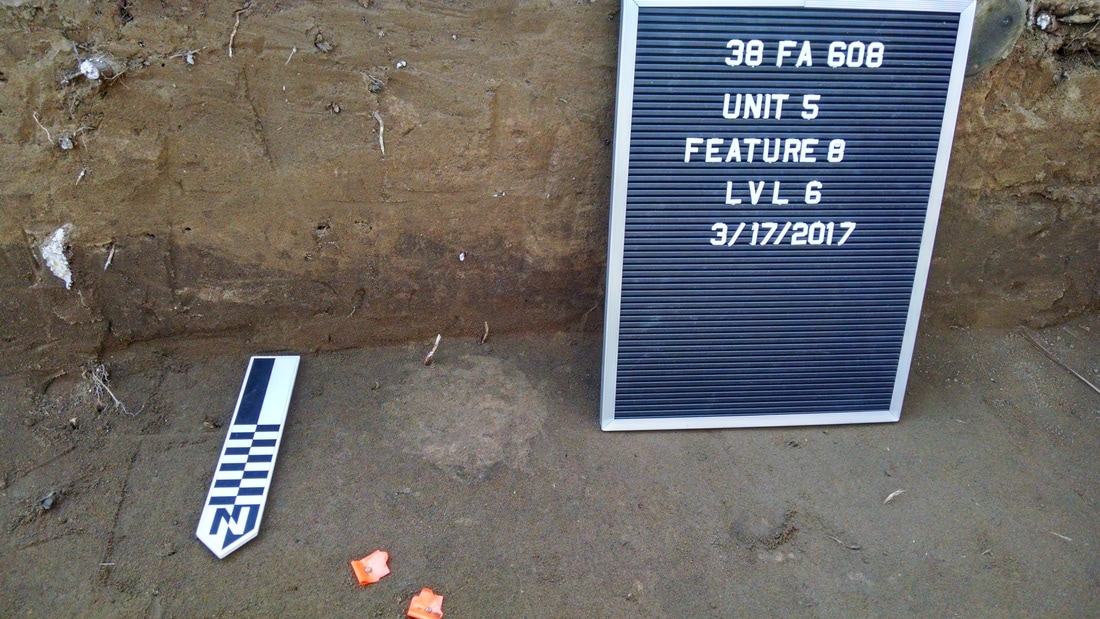
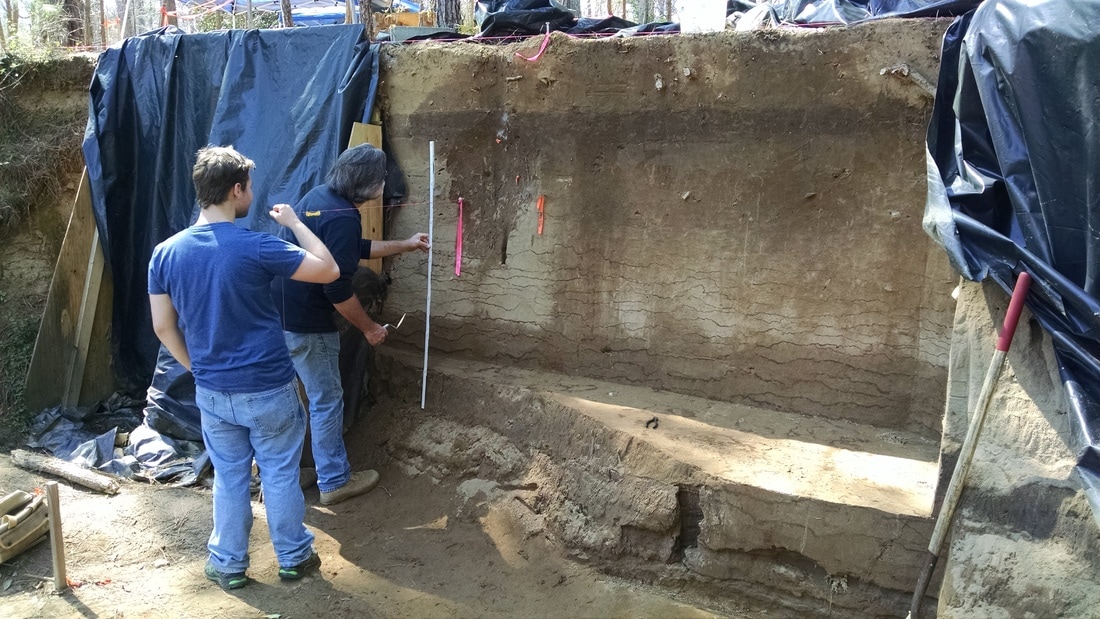
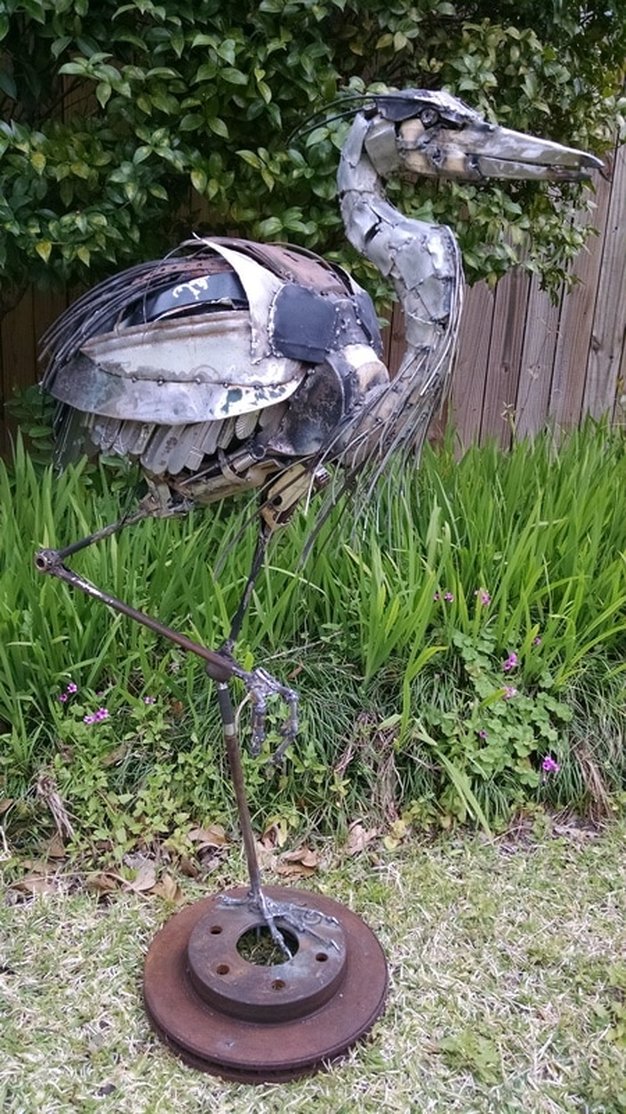
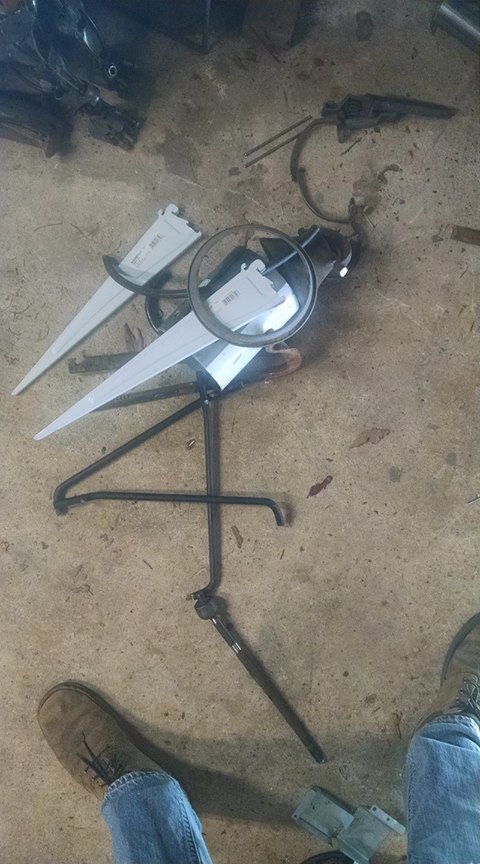
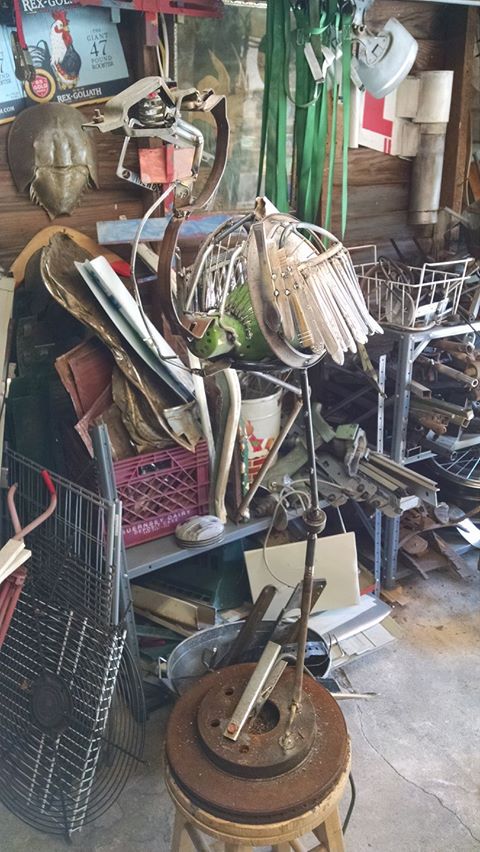
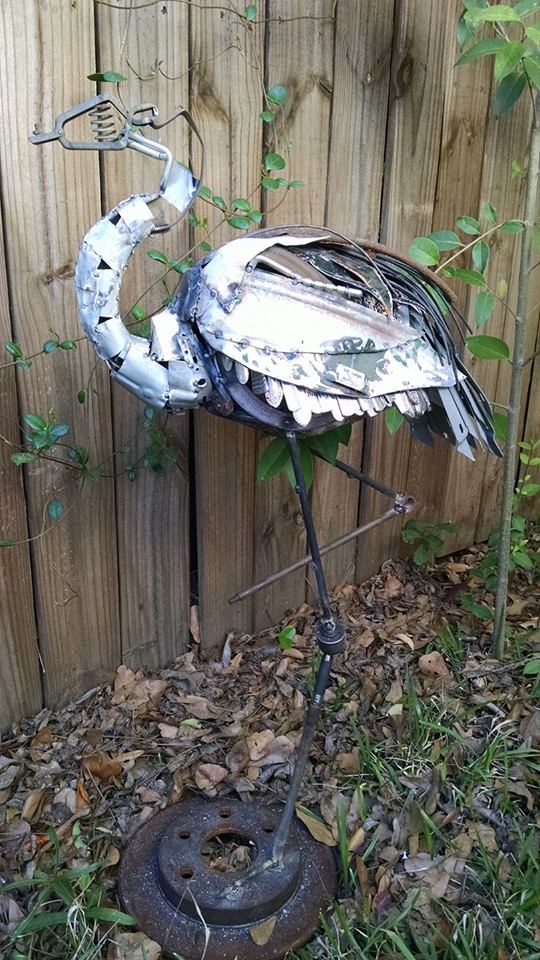
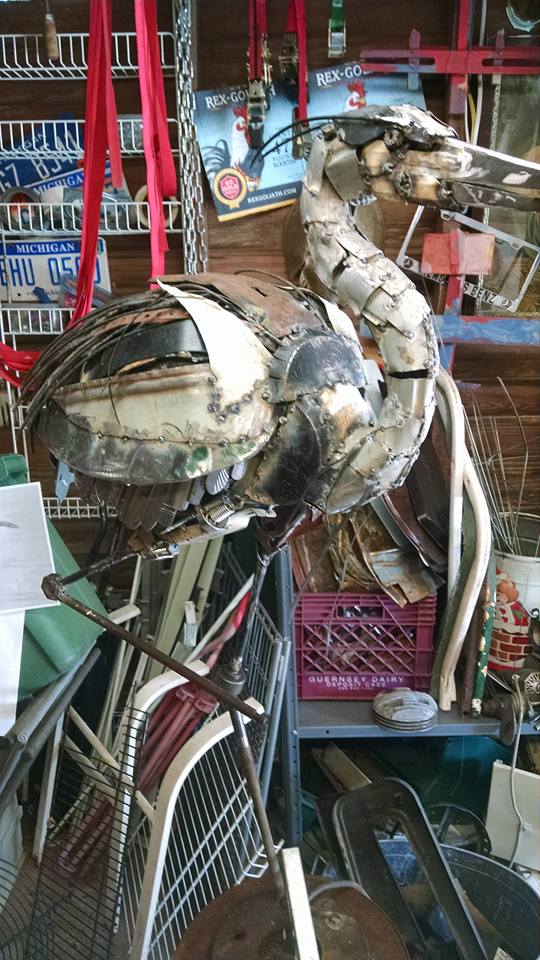
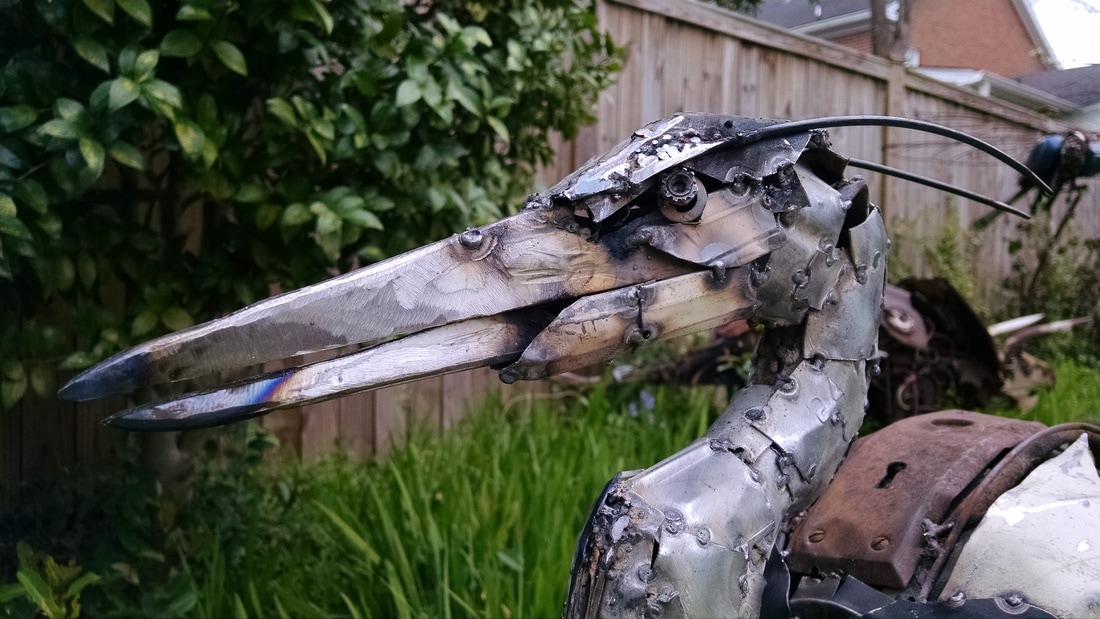
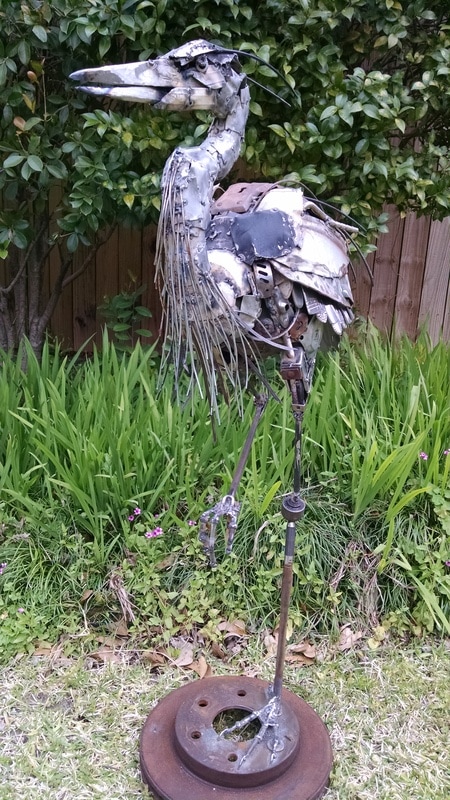
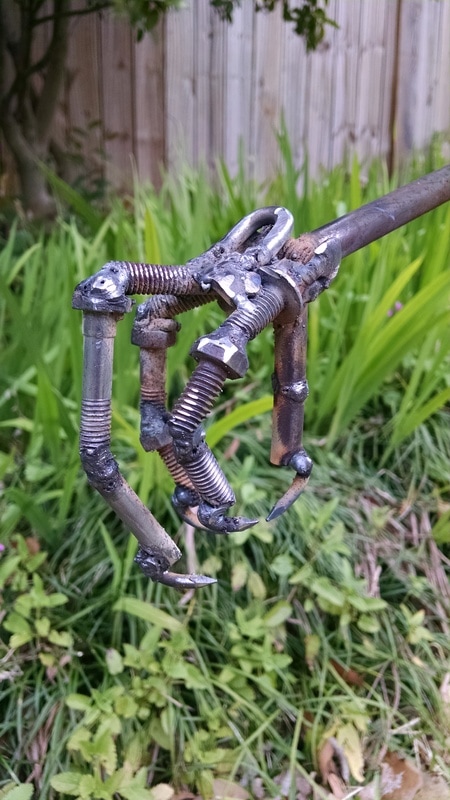
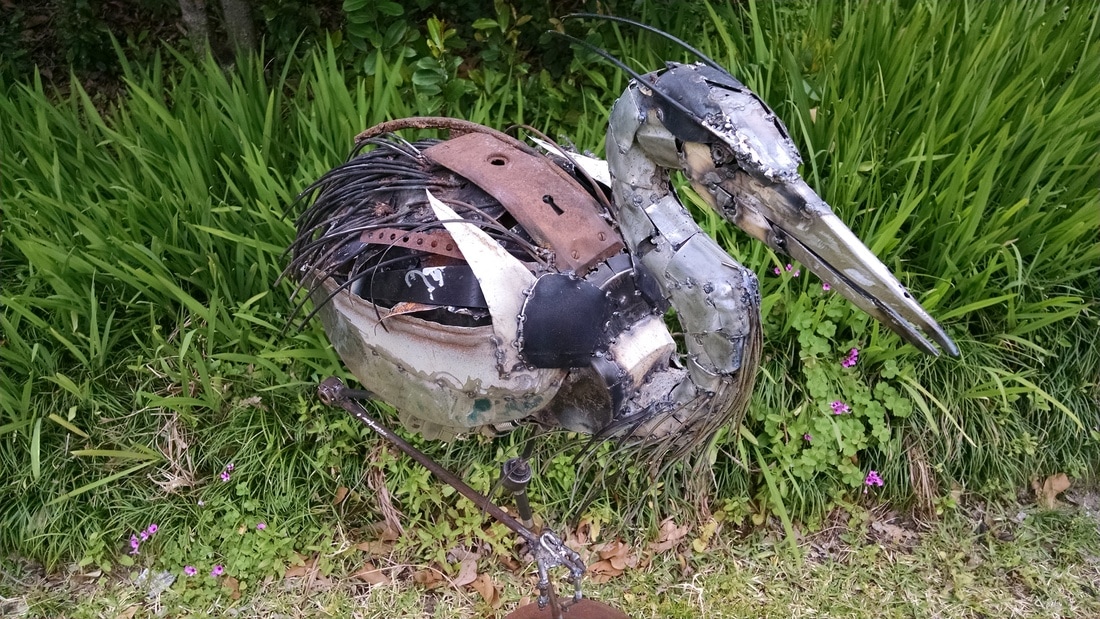
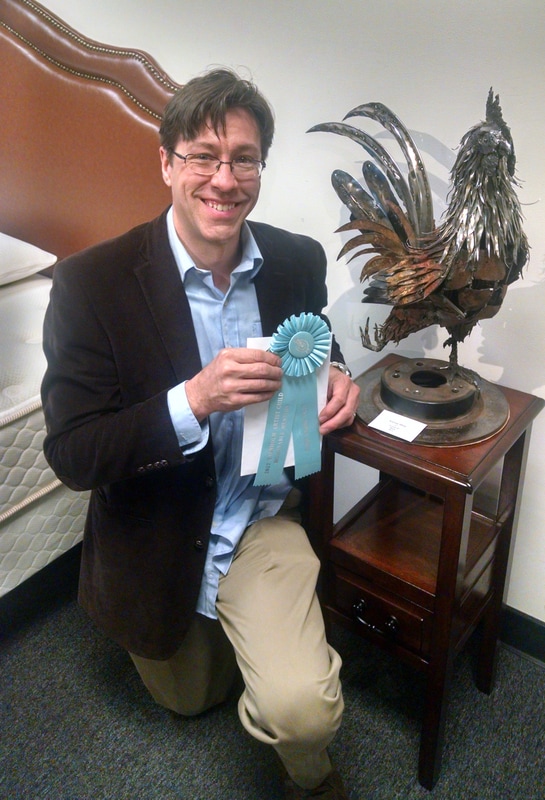

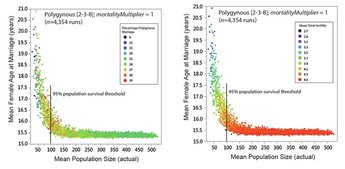
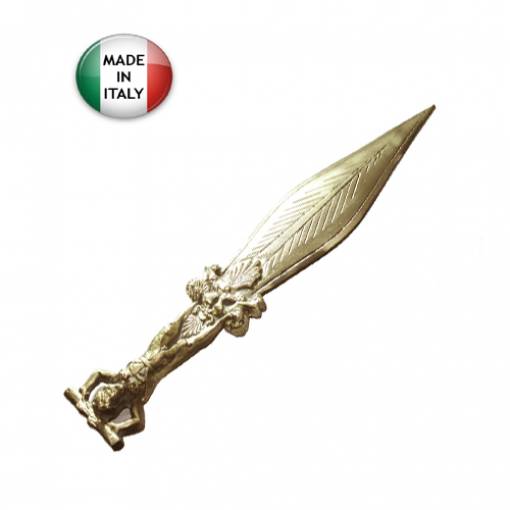
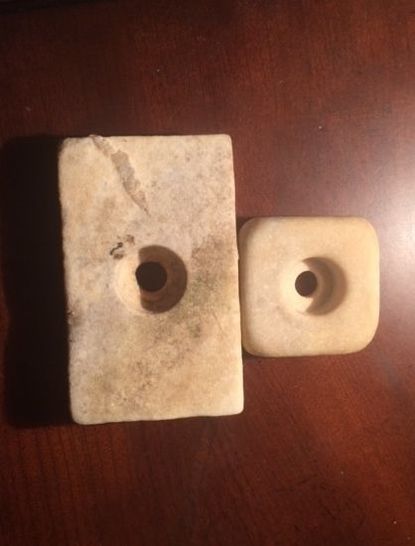
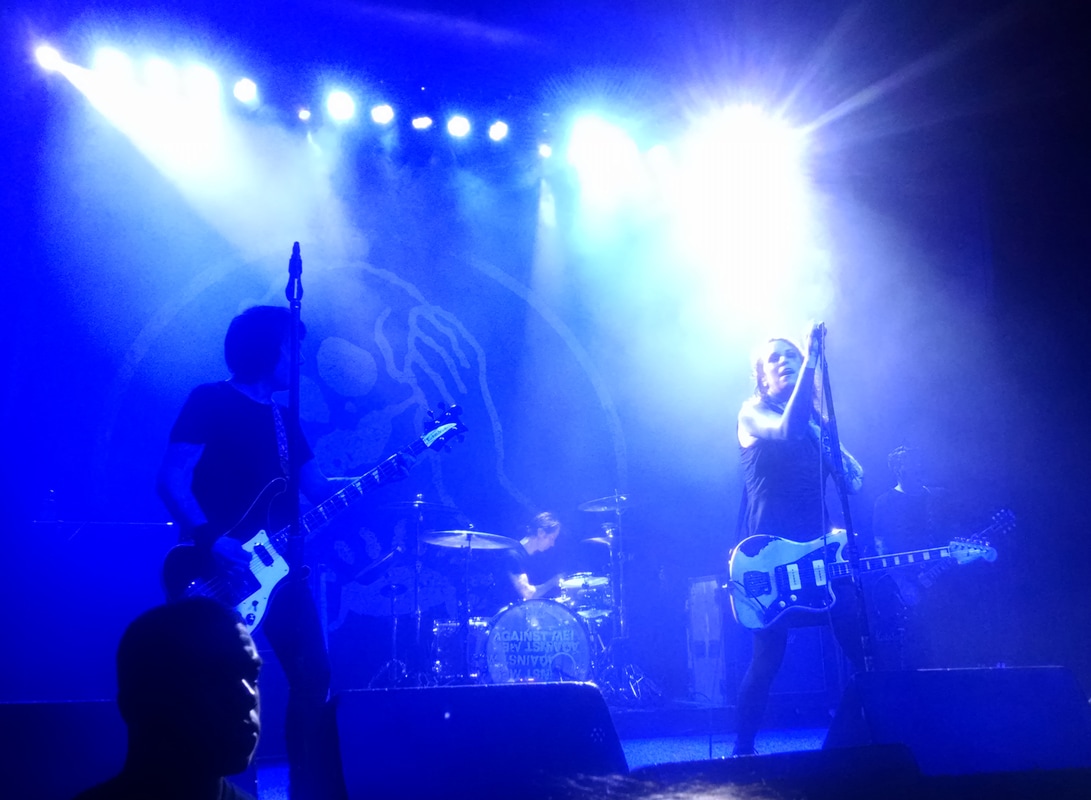


 RSS Feed
RSS Feed
